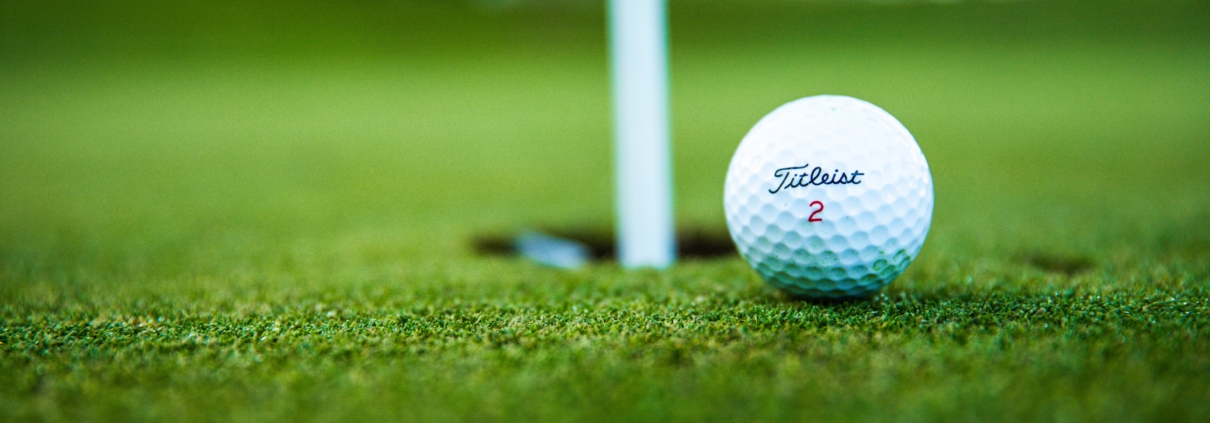
Pinehurst posted on Twitter announcing it was incorporating a 2” diameter PVC pipe cut to 2.5” in length, then popped into the hole.
While Minnesota golf courses remain closed during this public health crisis, other courses across the country continue to open their doors to golfers. Over the last month, many courses have made many surprising and creative innovations to help golfers stay safe during this pandemic. Courses have asked for pins to remain untouched while either reducing or raising the hole depths to avoid as much physical contact with the hole or flagstick as possible. A few places have even gone and removed the pins altogether.
Either way, courses as a whole are advocating for golfers to avoid touching the pin and leave it in during your putt. Anyways, this whole thing got me thinking! If golfers will be expected to leave the pin in . . . how exactly will this affect their game?
Maybe you are used to putting with the pin in, but realistically this is probably a new phenomenon for most golfers. After all, it was only last year that the USGAchanged its rule on the subject.
Under Rule 13.2a(2) of the USGA rule book, “There will no longer be a penalty if a ball played from the putting green hits a flagstick left in the hole.”
What was once a violation of the basic rules of golf has now been deemed acceptable. This controversial rule change has now given golfers the option of leaving the flag in the hole during a putt. However, this raises a question. Does leaving in the pin help or hurt your putt?
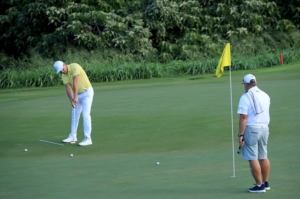
Bryson DeChambeau putting with the pin in.
In the PGA, it is still a controversial topic. Some say it is situational, while others would never dare to pull the pin. Then there are players like Bryson DeChambeauwho swear by it!
DeChambeau was a physics major at Southern Methodist University in Dallas. He has been known to apply his knowledge of physics to help gain an edge in his golf game, effectively earning him the nickname The Scientist. According to DeChambeau’s mathematical and statistical analysis, you will hole a higher percentage of putts when you leave the flagstick in.
“The pin in is an easy one. It’s statistically proven to be a benefit in 99 percent of situations. Anything outside of ten feet I’m going to leave it in.” – Bryson DeChambeau

A putt about to fall into the hole with the flagstick in.
According to golf writer, Dave Pelz, the reason behind this philosophy is that a significant amount of energy is lost from a putt’s speed when the ball hits a fiberglass flagstick. The speed-loss allows gravity to pull the slower moving ball straight down into the cup more often than not. The pin is your friend. Even if you don’t hit it dead on, it can still help you.
This summer, we may not get the option to pull the pin. Putting with the flag in may be forced upon us all. However, at least it is nice to know that it could potentially help us drain a few more putts and shave a few more strokes off our score!



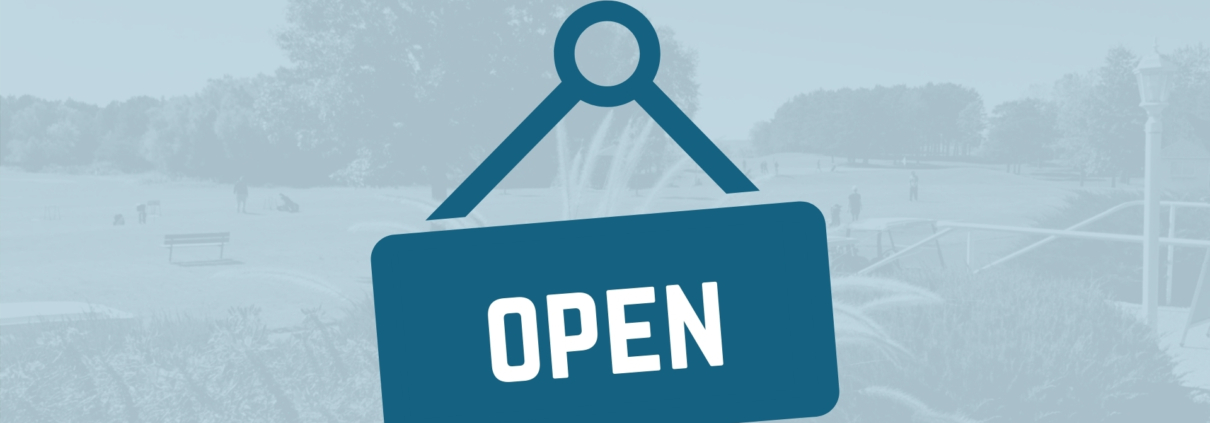
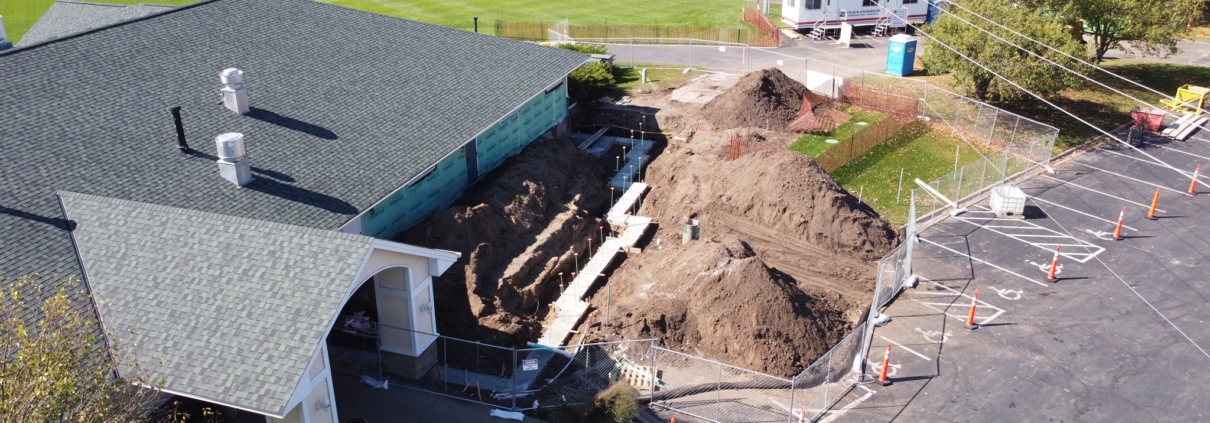

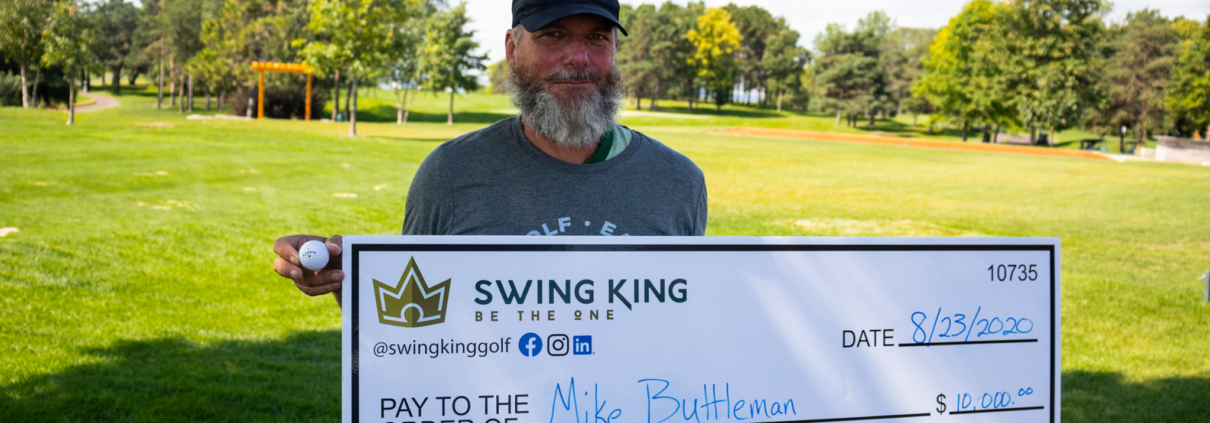
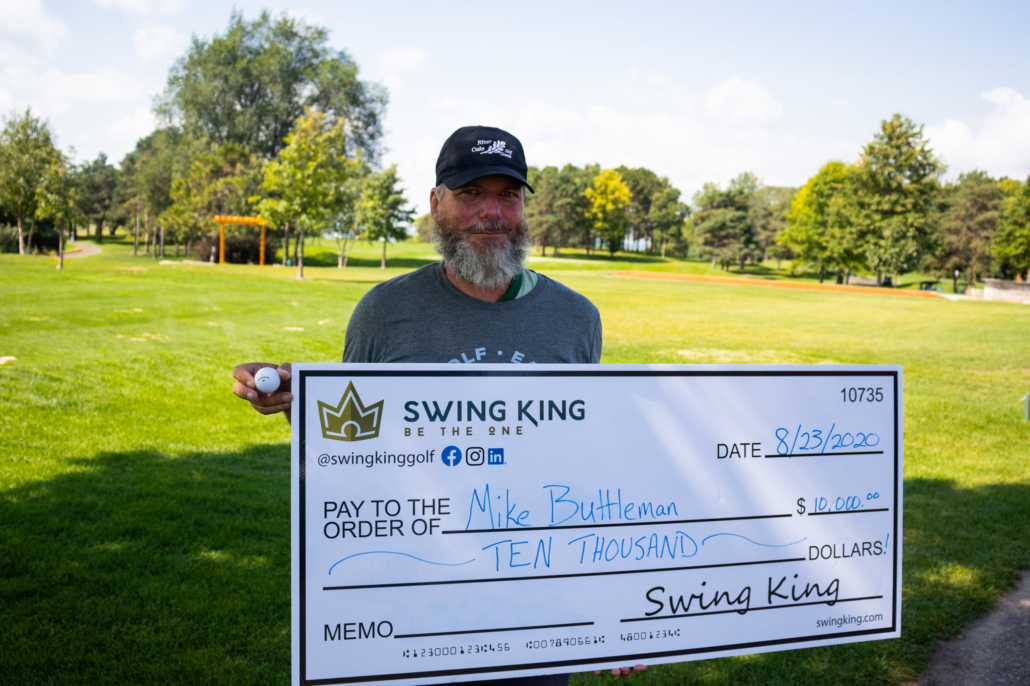


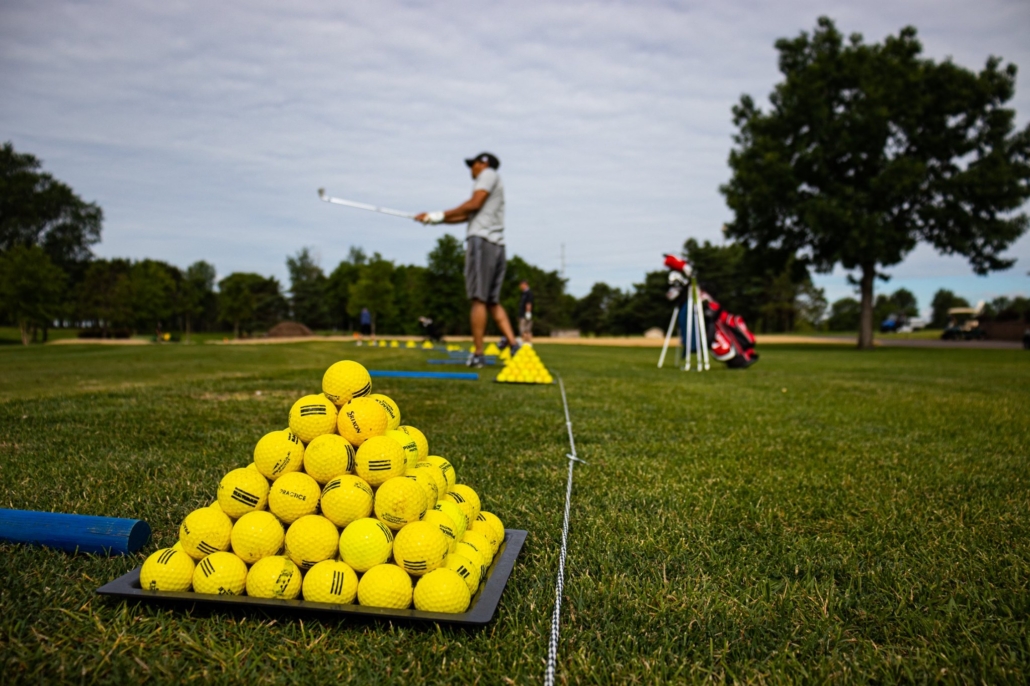 balls! Stop in our clubhouse to ask to use the range, and just $10 will get you an hour on our practice range to hit as many balls as you can. You will find pyramids of practice balls waiting for you at your driving stall. All balls are guaranteed to be clean and sanitized. If you need more balls, our staff will be more than happy to supply you with more until your hour is up.
balls! Stop in our clubhouse to ask to use the range, and just $10 will get you an hour on our practice range to hit as many balls as you can. You will find pyramids of practice balls waiting for you at your driving stall. All balls are guaranteed to be clean and sanitized. If you need more balls, our staff will be more than happy to supply you with more until your hour is up.
